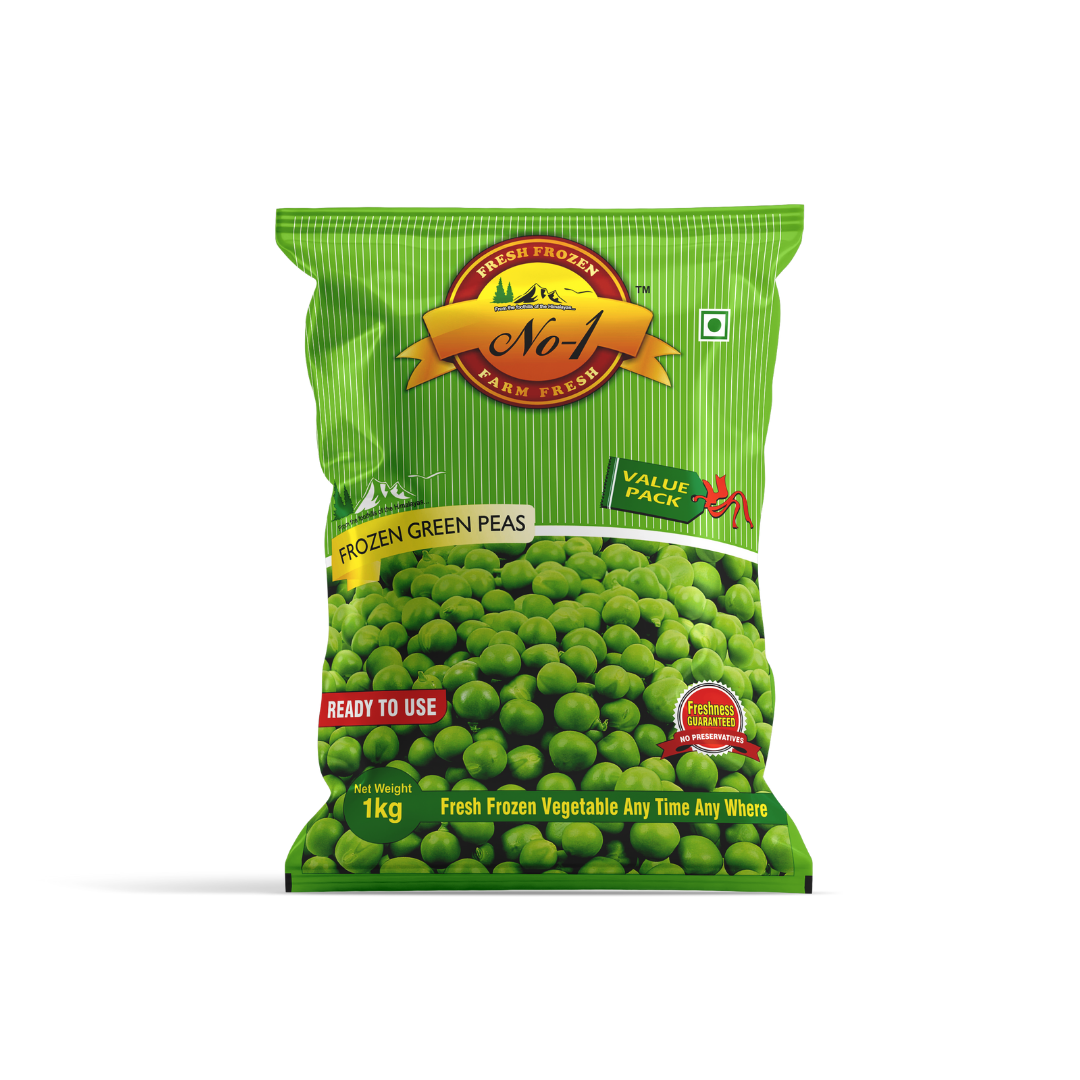Debunking Myths About Soya Chaap: Separating Facts from Fiction
Soya chaap has gained popularity as a tasty and nutritious alternative to meat. However, with its rise in popularity, several myths and misconceptions have emerged. In this blog, we’ll debunk some common myths about soya chaap and help you understand the truth behind this plant-based delight.
Myth 1: Soya Chaap is Made from Artificial Ingredients
Reality:
Soya chaap is made primarily from defatted soy flour and wheat gluten, both of which are natural plant-based ingredients. The combination of soy and gluten gives it a chewy, meaty texture. Quality products like Badshah Chaap use pure ingredients without artificial additives, ensuring you get natural goodness in every bite.
Myth 2: Soya Chaap is Unhealthy and Full of Preservatives
Reality:
On the contrary, soya chaap is packed with plant-based protein, making it an excellent source of nutrition for vegetarians and vegans. Additionally, premium brands like Badshah Chaap are preservative-free and follow strict hygiene standards during production. In moderation, soya chaap can be a healthy part of a balanced diet.
Myth 3: Soya Products Cause Hormonal Imbalance
Reality:
This myth stems from the fact that soy contains phytoestrogens, which mimic estrogen to some degree. However, scientific studies show that the amount of phytoestrogen in soy is too low to cause any significant hormonal changes. Moderate consumption of soya chaap is perfectly safe for men and women.
Myth 4: Soya Chaap is Difficult to Digest
Reality:
Soya chaap is actually easier to digest than red meat. The plant-based protein in soy is broken down more efficiently by the digestive system. If you’re new to soy products, you can ease into it by starting with small portions. Marinating and cooking the chaap properly also helps make it easier on the stomach.
Myth 5: Soya Chaap Lacks Flavor and Variety
Reality:
The neutral taste of soya chaap is actually one of its biggest advantages. It absorbs spices, sauces, and marinades easily, making it incredibly versatile. Whether it’s grilled Tandoori Chaap, creamy Butter Chaap, or spicy Masala Chaap, there are countless ways to enjoy it.
Myth 6: Soya Chaap is Only for Vegetarians and Vegans
Reality:
While soya chaap is a great choice for plant-based eaters, it’s also loved by non-vegetarians. With its rich texture and ability to absorb flavors, it offers a satisfying alternative to meat. Many meat lovers enjoy soya chaap in curries, wraps, and snacks for variety in their diet.
Myth 7: Soya Chaap Can’t Provide Enough Protein
Reality:
Soya chaap is an excellent source of protein, offering about 20-25 grams of protein per 100 grams. For those following a vegetarian or vegan diet, it’s a great way to meet daily protein requirements. Combining it with other sources like lentils or quinoa ensures a complete amino acid profile.
Conclusion
Soya chaap is not just a healthy meat alternative—it’s a versatile, nutritious, and delicious food option that anyone can enjoy. With Badshah Chaap, you can rest assured that you're getting a high-quality product made from pure, natural ingredients. Don’t let myths hold you back—try soya chaap today and experience the flavor, health benefits, and versatility for yourself!




